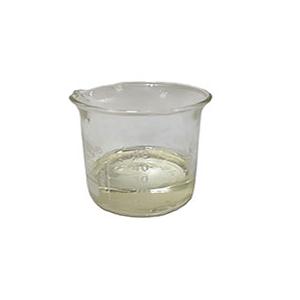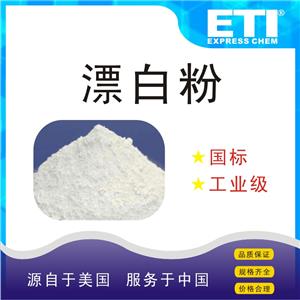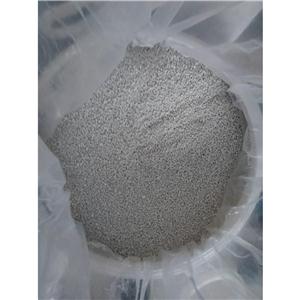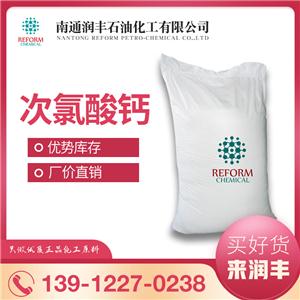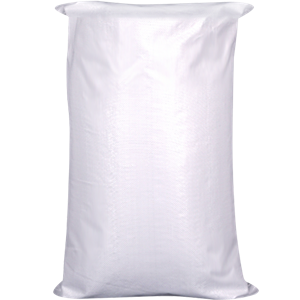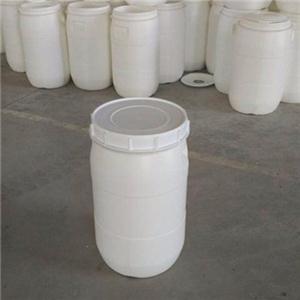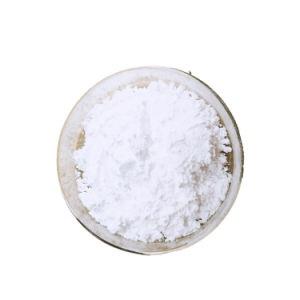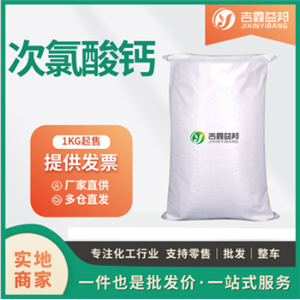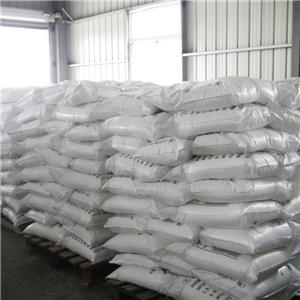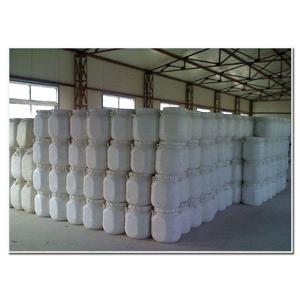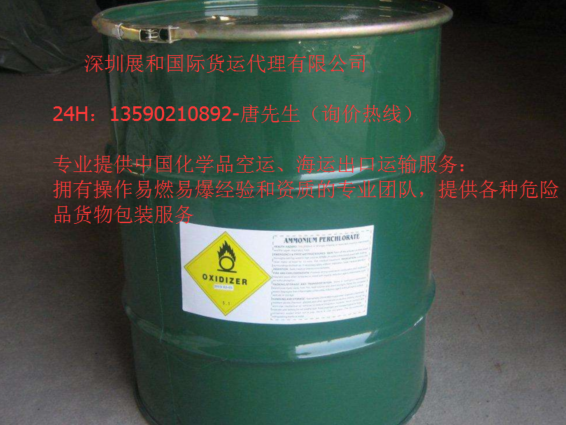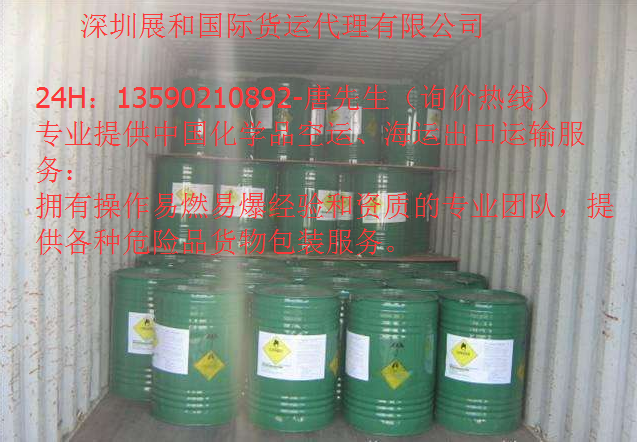我司提供次氯酸钙货物在国内按正规5.1类危险品原品名申报,货物申报通关后转运香港出运。香港船司对于危险品货物在手续方面是不需要大陆鉴定机构出示的所谓危险品证书、DGM运输鉴定,提供订舱托书资料时附件一份产品英文版MSDS即可完成危险品原品名订舱出运流程。
***(单件包装重量不得超过45KG,海运集装箱限制重量14吨(10MT))
***(Please read it carefully!!!)
Guidelines for the Carriage of Calcium Hypochlorite in Containers
A Joint Publication of CINS (the Cargo Incident Notification System) and the International Group of P&I Clubs.
INTRODUCTION
Background
These Guidelines for the carriage of calcium hypochlorite in containers have been prepared jointly by Working Groups representing CINS (the Cargo Incident Network System) and the International Group of P&I Clubs.
It is estimated that global production of calcium hypochlorite for domestic and export markets is about 400,000 tonnes per year.
The practices set out in this document are intended to provide guidance for the carriage of calcium hypochlorite under controlled circumstances to ensure that it is properly declared, packaged and carried.
Calcium hypochlorite or calcium hypochlorite mixtures shall be transported in compliance with the requirements set out in the International Maritime Dangerous Goods Code (IMDG Code)1. However, the practices set out below include selected provisions from the IMDG Code plus additional precautions to be consistent with the science basis established in 1999 by consulting scientists J H Burgoyne and Partners to minimise the risk2.
CINS – Cargo Incident Notification System
CINS is a shipping line initiative, launched in September 2011, to increase safety in the supply chain, reduce the number of cargo incidents on-board ships and on land, and highlight the risks caused by certain cargoes and/or packing failures. Membership of CINS comprises over 65 percent of the world’s container slot capacity.
CINS permits analysis of operational information on all cargo and container
incidents which lead to:
Injury or loss of life, loss or serious damage of assets, environmental concerns. Data relating to any cargo incident on-board a ship is uploaded to the CINS database. The data includes information on: Cargo type, nature, packaging, weight; Journey (Load and Discharge ports); Type of incident and root cause.
International Group of P&I Clubs
The thirteen principal underwriting associations which comprise the International Group, between them provide liability cover (protection and indemnity) for approximately 90% of the world's ocean-going tonnage.
Each Group Club is an independent, non-profit making mutual insurance association, providing cover for its shipowner and charterer members against third party liabilities relating to the use and operation of ships. Each Club is controlled by its members through a board of directors, or committee, elected from the membership.
Clubs cover a wide range of liabilities, including loss of life and personal injury to crew, passengers and others on board, cargo loss and damage, pollution by oil and other hazardous substances, wreck removal, collision and damage to property.
————————————————————————————————————
1 This Code is mandatory and contains requirements for the safe carriage of packaged dangerous goods. It is published by the International Maritime Organization (IMO) and revised biennially. At the date of publishing these Guidelines, Amendment 38-16 to the Code is in force.
2 Amendments to the IMDG Code, Its Annexes and Supplements; Carriage of calcium hypochlorite, Note by the International Group of P&I Clubs, submitted to the IMO Sub-Committee on Dangerous Goods, Solid Cargoes and Containers, 4 November 1999.
Guidelines for the Carriage of Calcium Hypochlorite in Containers
1. CARGO ISSUES
1.1. Hazardous Properties of Calcium Hypochlorite
This chemical is a white or yellowish solid that is soluble in water. There are several products
manufactured as water purification and bleaching agents which contain calcium hypochlorite as their
active ingredient. It may be produced in granular or tablet form.
Calcium hypochlorite is an oxidizing agent and is designated a Class 5.1 oxidiser in the IMDG Code
and other modal dangerous goods regulations. However, calcium hypochlorite is unstable and displays
some self-reactive characteristics as by nature the substance is always decomposing. At normally
encountered temperatures calcium hypochlorite decomposes only very slowly and releases heat.
However, at higher temperatures the rate of decomposition increases and if the heat is not able to
escape from within the material then its temperature increases and the rate of decomposition increases,
and so on.
Some calcium hypochlorite products and some mixtures thereof also meet the criteria for Class 8
corrosives.
IMDG Code Special Provision 314, under Part 3, Chapter 3.3, of the Code applies to calcium
hypochlorite and states:
IMDG Code Special Provision 314
314.1 These substances are liable to exothermic decomposition at elevated temperatures.
Decomposition can be initiated by heat or by impurities (e.g. powdered metals (iron,
manganese, cobalt, magnesium) and their compounds).
A self-accelerating reaction can occur and result in a violent decomposition of the calcium hypochlorite
releasing heat and oxygen. This has resulted in serious fires and explosions.
When involved in a fire, the heat and oxygen released by the decomposing calcium hypochlorite will
intensify the fire.
Decomposition can be accelerated by contamination with organic materials (such as oil), inorganic
materials (such as metals) or moisture. If calcium hypochlorite is mixed with organic materials it can
result in a fire without the need for an external ignition source.
The packaging and quantity can have an impact on self-accelerating decomposition (see section 3.1).
The United Nations Manual of Tests and Criteria describes self-accelerating decomposition test (SADT)
methods for determining the properties of substances classified as self-reactive. These tests can also
be used to evaluate oxidizers such as calcium hypochlorite. The International Group of P&I Clubs advice
in this paper is also based on the critical ambient temperature (CAT) method used to determine selfaccelerating
properties3.
In addition to the thermal hazards, calcium hypochlorite exhibits chemical hazards. For example, acids
must never be mixed with calcium hypochlorite because toxic chlorine gas will be produced. Small
amounts of chlorine gas can also be produced as calcium hypochlorite decomposes slowly without
contamination.
————————————————————————————————————
3 Gray, B.F. and Halliburton, B., "The Thermal Decomposition of Hydrated Calcium Hypochlorite (UN 2880)," Fire Safety
Journal 35 (2000) 223-239.
1.2. Calcium Hypochlorite Categories
The three most common products are two high strength types (UN 1748 and 2880) and a lower strength
type, often referred to as bleaching powder (UN 2208). The entries in the IMDG Code are shown below.
The following table lists higher strength calcium hypochlorite substances. These may have a lower
likelihood of self-accelerating decomposition, but in the event of an incident will have more severe
consequences.
IMDG Class:Class 5.1
UN Number:UN 1748
Description:CALCIUM HYPOCHLORITE, DRY or CALCIUM HYPOCHLORITE
MIXTURE, DRY with more than 39% available chlorine (8.8%
available oxygen)
————————————————————————————————————
IMDG Class:Class 5.1
UN Number:UN 2880
Description:CALCIUM HYPOCHLORITE, HYDRATED or CALCIUM
HYPOCHLORITE, HYDRATED MIXTURE with not less than 5.5%
but not more than 16% water
————————————————————————————————————
IMDG Class:Class 5.1
Class 8
UN Number:UN 3485
Description:CALCIUM HYPOCHLORITE, DRY, CORROSIVE or CALCIUM
HYPOCHLORITE MIXTURE, DRY, CORROSIVE with more than
39% available chlorine (8.8% available oxygen)
————————————————————————————————————
IMDG Class:Class 5.1
Class 8
UN Number:UN 3487
Description:CALCIUM HYPOCHLORITE, HYDRATED, CORROSIVE or
CALCIUM HYPOCHLORITE, HYDRATED MIXTURE, CORROSIVE
with not less than 5.5% but not more than 16% water
The following table lists lower strength calcium hypochlorite substances. These may have a higher
likelihood of self-accelerating decomposition, but in the event of an incident may have less severe
consequences.
————————————————————————————————————
IMDG Class:Class 5.1
UN Number:UN 2208
Description:CALCIUM HYPOCHLORITE MIXTURE, DRY with more than 10%
but not more than 39% available chlorine
————————————————————————————————————
IMDG Class:Class 5.1
Class 8
UN Number:UN 3486
Description:CALCIUM HYPOCHLORITE MIXTURE, DRY, CORROSIVE with
more than 10% but not more than 39% available chlorine
————————————————————————————————————
IMDG Class:Class 5.1
UN Number:UN 1479
Description:OXIDIZING SOLID, N.O.S. (CALCIUM HYPOCHLORITE)
————————————————————————————————————
IMDG Class:Class 9
UN Number:UN 3077
Description:ENVIRONMENTALLY HAZARDOUS SUBSTANCE,
SOLID, N.O.S. (CALCIUM HYPOCHLORITE)
————————————————————————————————————
* Calcium hypochlorite may be blended with components that alter the chlorine or water content of
the material so that it no longer fits within the ranges given in the standard calcium hypochlorite
classifications (1748, 2880 and 2208). If the resulting product does not fit within the definitions of
the standard classifications, but is still a 5.1 oxidizer, then the product should be classified as UN
1479. If the product is a blend that when tested according to the UN Manual of Tests and Criteria,
does not qualify as a 5.1 oxidizer, then it should be classified as UN 3077.
1.3. Other Trade Names for Calcium Hypochlorite
Calcium hypochlorite is a Proper Shipping Name, as defined in the IMDG Code. As such, it should only
be carried under that name and with the appropriate UN Number; UN Nos 2880, 2208, 1748, 3485,
3486, 3487, 1479 and 3077.
However, calcium hypochlorite may be mis-declared as calcium chloride. Examples of other trade
names encountered have included:
BK Powder, bleaching powder, CCH, disinfectant, Hy-chlor and Chloride of lime or Chlorinated lime.
2. CONTAINER SELECTION
Dry or reefer containers may be used provided that a proper risk assessment is undertaken. The risk
assessment should include all aspects of through transport including, but not limited to, routeing,
climatic temperature and journey duration.
20 ft or 40 ft containers can be used provided that the maximum net weight of calcium hypochlorite
does not exceed 14 tonnes4.
2.1. Reefer Containers
The reefer container control temperature should be 10 °C.
In the event of a mechanical failure or of an interruption of the power supply, the insulation in a reefer
will initially protect the calcium hypochlorite from external heating. However, if there is an extended
interruption to cooling, heat produced by calcium hypochlorite decomposition may accumulate faster in
a reefer than in a dry container. The longer the interruption, the greater the risk that calcium hypochlorite
will heat up faster in a reefer container. Prompt steps need to be taken to restore the power or fix a
mechanical failure or cool/ventilate the cargo.
Special attention should be paid to the potential damaging effect of chlorine decomposition gasses
released by the calcium hypochlorite on paint, metal work and machinery of the container.
2.2. Carriage of Calcium Hypochlorite with Other Cargo in a Container
In practice, calcium hypochlorite tends to be shipped on a full container load basis. The above guidance
applies to full container loads of calcium hypochlorite.
It is not recommended that such loads be consolidated with other cargo because this could detrimentally
affect the stability of the calcium hypochlorite due to changes in the overall thermal properties of the
container contents.
————————————————————————————————————
4 See recommendations in Sections 6.2 and10.2, Amendments to the IMDG Code, Its Annexes and Supplements; Carriage of
calcium hypochlorite, Note by the International Group of P&I Clubs, submitted to the IMO Sub-Committee on Dangerous Goods,
Solid Cargoes and Containers, 4 November 1999:
Cargoes of calcium hypochlorite should be packed in clean drums not exceeding 45 kg net weight. The basis of the
recommendation to impose an overall limit on the weight of calcium hypochlorite stowed in a freight container on a voyage where
high air temperatures can be anticipated was calculated by reference to 304 x 45 kg kegs stowed inside the freight container.
3. CONTAINER PACKING
3.1. Packaging and Quantity
The temperature at which the self-accelerating reaction occurs depends on the type, size and shape of the packaging. The temperature required will be higher for a small package compared to a larger package of the same material. This is because the smaller package will be able to lose heat to the surroundings much more readily than a larger package. The selection of type, size and shape of packaging to promote heat dissipation is therefore important.
The IMDG Code defines what packaging can be used for calcium hypochlorite as currently set out in Part 4, Chapter 4.1, Table P002. This allows various types of drum, box or jerrican. Provision PP85 states that bags are not allowed.
Under these Guidelines, plastic drums, which comply with the requirements of the IMDG Code, are to be used as the packaging for calcium hypochlorite, as adequate air circulation around the containment is required in order to prevent any heat build-up. Drums offer the best solution as they provide the largest surface area to be exposed to the surrounding air. This requirement is necessary whether cargo is packed in dry or reefer containers.
Under these Guidelines, other packaging types such as large packaging, sacks, IBC or fibreboard are not to be used for calcium hypochlorite.
A package limit of 45 kg net weight, or 100 lb under US measurement, in drums and a limit on the maximum net weight of calcium hypochlorite per container not exceeding 14 tonnes (see footnote 4) is stipulated in these Guidelines.
Pallets, dunnage, drums and other packaging material must be clean, free from contaminants, and in good condition.
The drums should be properly secured on pallets and within the container in accordance with the CTU Code. Any securing method, such as shrink-wrapping, should not restrict adequate air flow around the drums to reduce retained heat within the cargo.
3.2. Inspection of Containers Prior to Carriage
It is strongly recommended that, prior to carriage, carriers satisfy themselves that the cargo has been packed and secured with a method that allows adequate airflow within the container irrespective of whether it is a dry or reefer container.
4. SHIP LOADING
4.1. Container Stowage and Segregation
Calcium hypochlorite or calcium hypochlorite mixtures shall be transported in compliance with the stowage and segregation requirements set out in the IMDG Code.
IMDG Code Special Provision 314, under Part 3, Chapter 3.3, of the Code applies to calcium hypochlorite and states:
IMDG Code Special Provision 314
314.2
During the course of transport, these substances shall be shaded from direct sunlight and all sources of heat and be placed in adequately ventilated areas.
In compliance with the IMDG Code (Amendment 38-16) calcium hypochlorite is subject to the provisions of stowage category D and stowage codes SW1 and SW11 set out below.
Stowage Category D:
Cargo ships or passenger ships carrying a number of passengers limited to not more than 25 or to 1 passenger per 3 m of overall length, whichever is the greater number. ON DECK ONLY
Other passenger ships in which the limiting number of passengers transported is exceeded. PROHIBITED
Stowage Code
SW 1 Protected from sources of heat
SW 11 Cargo transport units shall be shaded from direct sunlight. Packages in cargo transport units shall be stowed so as to allow for adequate air circulation throughout the cargo.
————————————————————————————————————
It is recommended to stow containers of calcium hypochlorite where they are accessible.
(注:3-4-5-6-8-9类危品我司均可提供UN危险品包装处理,空运危险品香港机场可提供全货机直飞/中转航线,包装方面可接受大规格的UN桶50-60kg,UN箱25-50kg包装比国内的小包装节省包装成本和时间)
